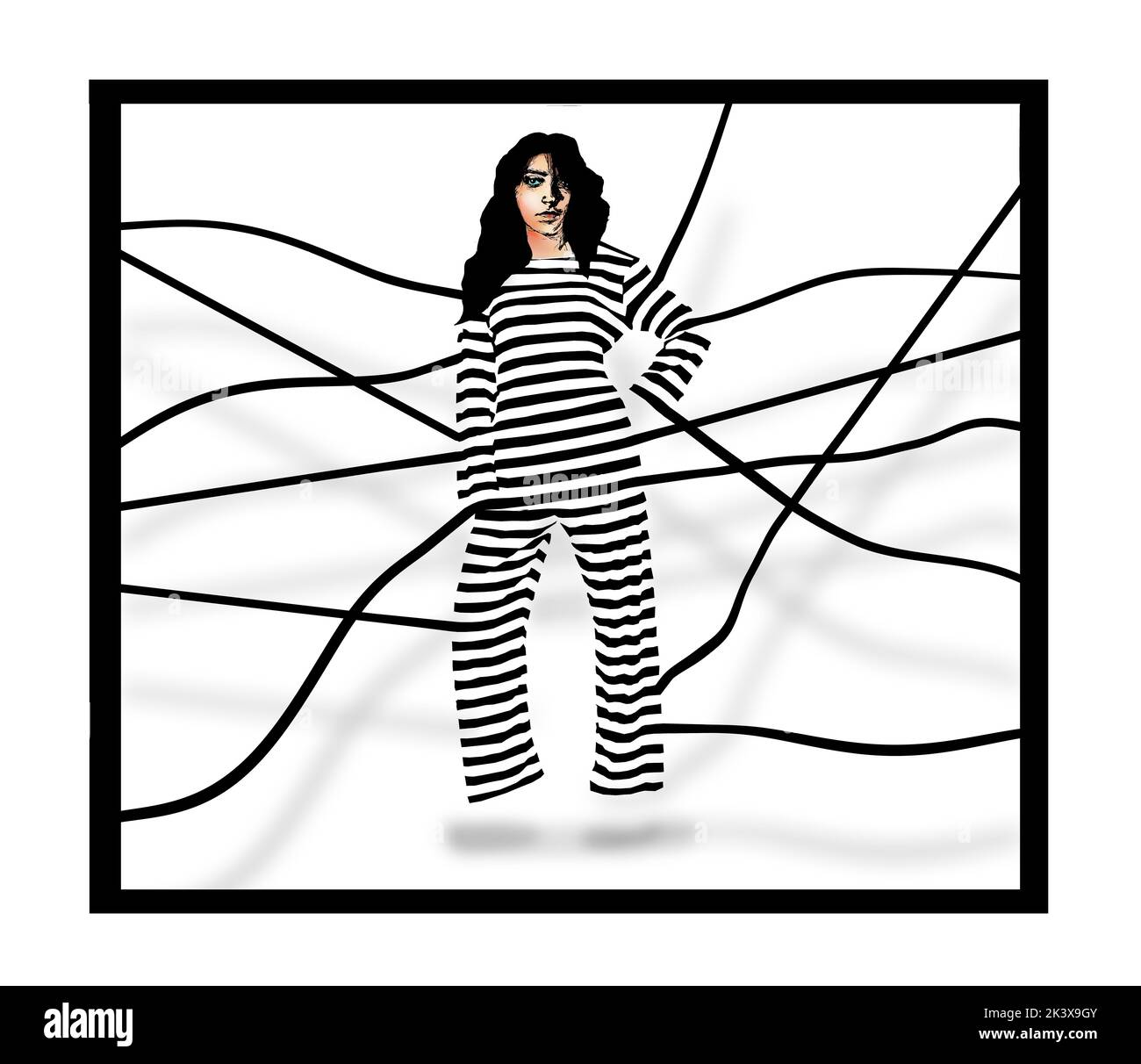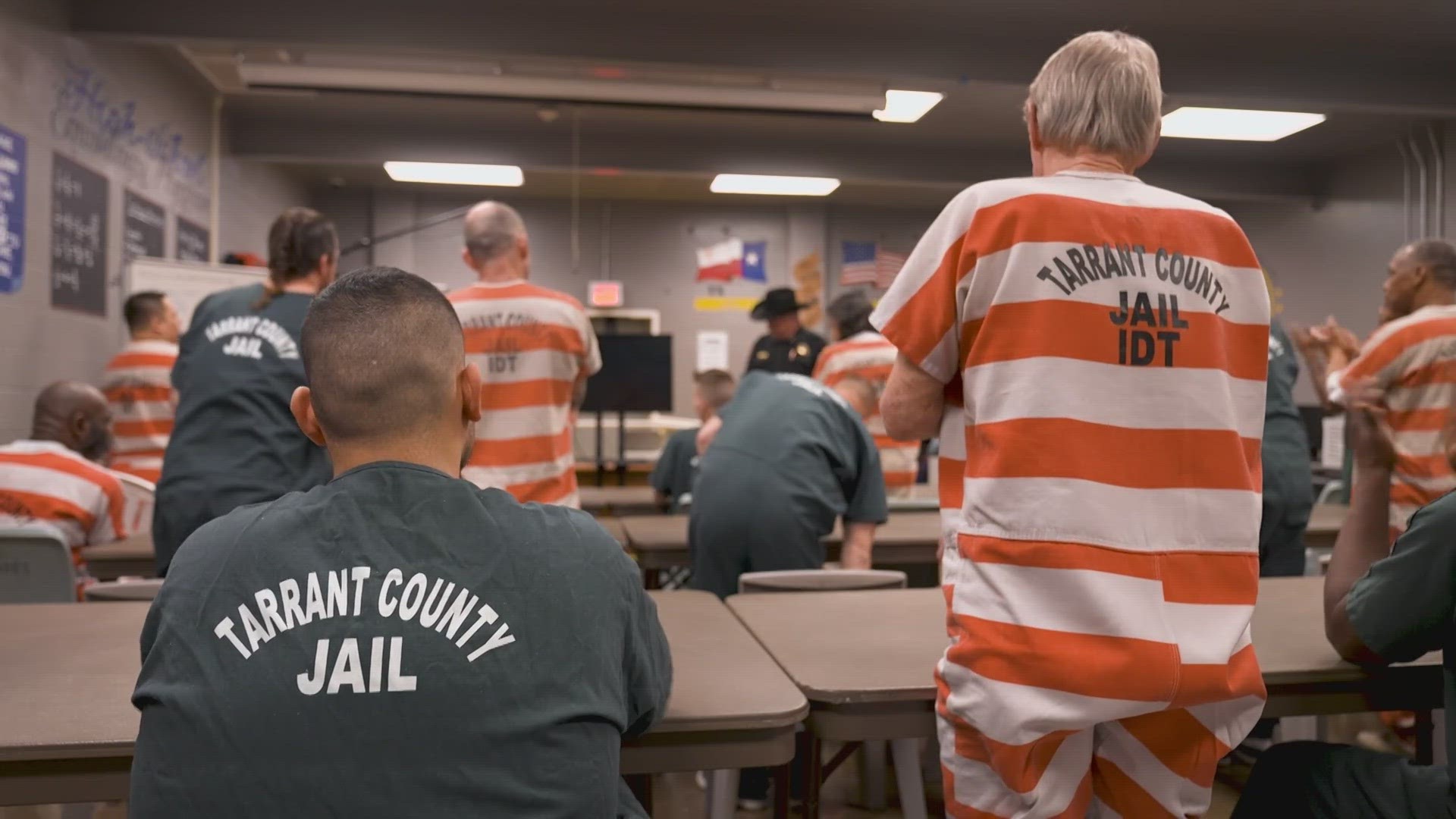**The world of female inmates in Ohio is a complex tapestry of stories, struggles, and systemic issues. Every day, women across Ohio find themselves navigating the harsh realities of incarceration. This isn’t just about numbers or statistics—it’s about real lives, real people, and the challenges they face. Let’s be honest, the conversation around female inmates often gets buried under broader discussions about crime and punishment. But today, we’re flipping that script and shining a spotlight on what’s really happening inside Ohio’s correctional facilities.**
As we dive deeper, it’s important to understand the unique circumstances that lead women to incarceration. It’s not just about breaking the law; it’s about societal failures, lack of support systems, and a justice system that sometimes feels more like a revolving door than a path to rehabilitation. Ohio has one of the highest female incarceration rates in the country, and that number is only growing. Why is this happening? And more importantly, what can we do about it?
This article isn’t just about presenting facts—it’s about telling stories, sparking conversations, and most importantly, offering solutions. Whether you’re a concerned citizen, a policy maker, or someone who wants to understand the human side of this issue, you’re in the right place. Let’s get started.
- How Tall Is Miguel Love Island Discover The Height And More About This Reality Star
- What Is The Zodiac Sign For January 8th Unlock Your Cosmic Identity
Table of Contents
- Introduction
- Background: The Rise of Female Incarceration in Ohio
- Biography: Stories of Female Inmates
- Challenges Faced by Female Inmates
- Mental Health Issues Among Female Inmates
- Rehabilitation Programs: Are They Working?
- Impact on Families
- Key Statistics on Female Inmates in Ohio
- Potential Solutions
- The Future of Female Incarceration in Ohio
- Conclusion
Background: The Rise of Female Incarceration in Ohio
Over the past few decades, the number of female inmates in Ohio has skyrocketed. In fact, the state ranks among the top in the nation for female incarceration rates. According to recent reports, Ohio’s female prison population has increased by over 200% since the 1980s. That’s a staggering number, and it begs the question: why is this happening? The answers aren’t simple, but they point to a combination of factors, including drug-related offenses, economic disparities, and systemic biases.
One of the key drivers of this trend is the so-called "War on Drugs." Many women in Ohio are incarcerated for non-violent offenses related to drug use or possession. These women often come from marginalized communities with limited access to healthcare, education, and job opportunities. It’s a cycle that’s hard to break, and it’s one that needs serious attention from policymakers and advocates alike.
Historical Context
Looking back, the rise in female incarceration didn’t happen overnight. It’s the result of decades of policy decisions that have disproportionately affected women. For instance, mandatory minimum sentences for drug offenses have played a significant role in swelling the ranks of female inmates. These policies were designed to combat crime, but they’ve had unintended consequences, particularly for women who are often victims of circumstance rather than hardened criminals.
- Is Cd Lamb Married Unveiling The Truth Behind The Spotlight
- Clerk Of The Court Collier County Your Ultimate Guide
Biography: Stories of Female Inmates
Behind every statistic is a real person with a story to tell. To truly understand the world of female inmates in Ohio, we need to hear from the women themselves. Here’s a glimpse into the lives of some of the women who have found themselves behind bars:
Meet Sarah
Sarah is a 35-year-old mother of two who was sentenced to five years in prison for a drug-related offense. Before her incarceration, she struggled with addiction and faced numerous obstacles in finding stable employment. Her story isn’t unique—many female inmates in Ohio share similar backgrounds.
| Name | Age | Offense | Family Status |
|---|---|---|---|
| Sarah | 35 | Drug Possession | Mother of Two |
| Jennifer | 42 | Embezzlement | Single Mother |
| Amanda | 28 | Robbery | No Children |
Challenges Faced by Female Inmates
Life behind bars is tough for anyone, but female inmates in Ohio face a unique set of challenges. From inadequate healthcare to limited access to educational programs, the obstacles are numerous. Let’s break down some of the biggest issues:
- Healthcare: Many female inmates suffer from untreated medical conditions, including mental health disorders and chronic illnesses.
- Education: Access to quality education is often limited, making it harder for women to reintegrate into society upon release.
- Discrimination: Women of color, in particular, face additional barriers due to racial biases within the justice system.
Healthcare Disparities
One of the most pressing issues facing female inmates in Ohio is the lack of adequate healthcare. Many women enter the prison system with pre-existing health conditions that go untreated or are poorly managed. This is especially concerning when it comes to reproductive health and maternal care. It’s a problem that demands immediate attention and reform.
Mental Health Issues Among Female Inmates
Mental health is a critical component of the conversation around female incarceration. Studies show that a significant percentage of female inmates in Ohio suffer from mental health disorders, including depression, anxiety, and PTSD. Unfortunately, the resources available to address these issues are often insufficient.
Experts argue that mental health treatment should be a priority in correctional facilities. Without proper support, women are more likely to reoffend upon release, perpetuating the cycle of incarceration.
Rehabilitation Programs: Are They Working?
Rehabilitation programs are designed to help inmates reintegrate into society, but are they effective? In Ohio, the answer is mixed. While some programs have shown promise, others fall short due to lack of funding and resources. The key, experts say, is to focus on evidence-based practices that address the root causes of criminal behavior.
Success Stories
Despite the challenges, there are success stories to celebrate. For example, a program in Ohio that focuses on job training and education has helped dozens of women secure employment after their release. These programs not only benefit the women involved but also contribute to the overall safety and well-being of the community.
Impact on Families
Incarceration doesn’t just affect the individual—it has a ripple effect on families and communities. For many female inmates in Ohio, the hardest part of their sentence is the separation from their loved ones. Children, in particular, suffer when their mothers are incarcerated, often leading to long-term emotional and financial consequences.
Efforts to maintain family ties during incarceration are crucial. Programs that facilitate visitation and communication can make a significant difference in the lives of both inmates and their families.
Key Statistics on Female Inmates in Ohio
Here are some key statistics that shed light on the state of female incarceration in Ohio:
- Over 70% of female inmates in Ohio are incarcerated for non-violent offenses.
- Women of color are disproportionately represented in the prison population.
- Approximately 60% of female inmates are mothers, many with young children.
These numbers tell a story of systemic inequality and the urgent need for reform.
Potential Solutions
So, what can be done to address the challenges faced by female inmates in Ohio? Here are a few potential solutions:
- Expand access to mental health services and addiction treatment.
- Invest in education and job training programs.
- Reform sentencing laws to reduce the number of non-violent offenders in prison.
By focusing on these areas, Ohio can take meaningful steps toward reducing its female incarceration rate and creating a more just and equitable system.
The Future of Female Incarceration in Ohio
The future of female incarceration in Ohio depends on the actions we take today. Will we continue down the same path, or will we choose to make meaningful changes? The answer lies in the hands of policymakers, advocates, and everyday citizens who care about justice and equality.
There’s reason to be hopeful. Across the country, states are implementing innovative programs and policies aimed at reducing incarceration rates and improving outcomes for women. Ohio has the opportunity to be a leader in this movement, but it will require commitment and collaboration from all stakeholders.
Conclusion
Female inmates in Ohio face a multitude of challenges, from inadequate healthcare to limited access to education and job training. But it’s not all doom and gloom—there are solutions, and there are success stories. The key is to continue the conversation, push for reform, and support the women who are working to rebuild their lives.
We urge you to share this article, leave a comment, or engage in discussions about this important issue. Together, we can make a difference in the lives of female inmates in Ohio and beyond. Let’s keep the momentum going and create a brighter future for everyone involved.
- Inside The X Andy Cohen Leak The Untold Story You Need To Hear
- Bozemans Best Funeral Homes A Comprehensive Guide To Honoring Your Loved Ones


